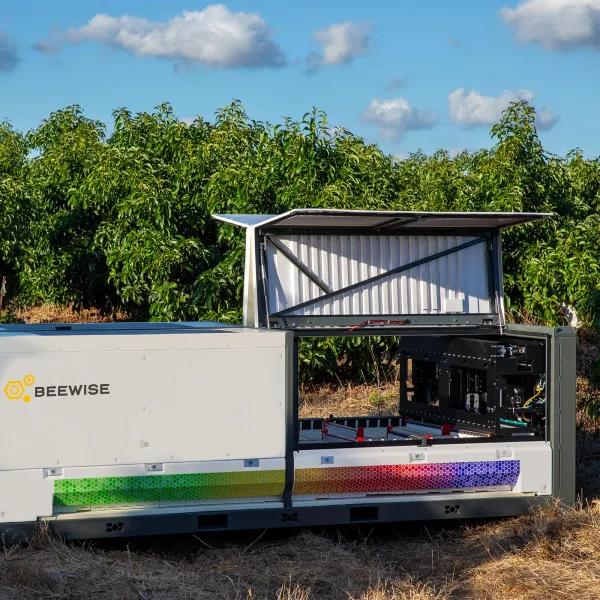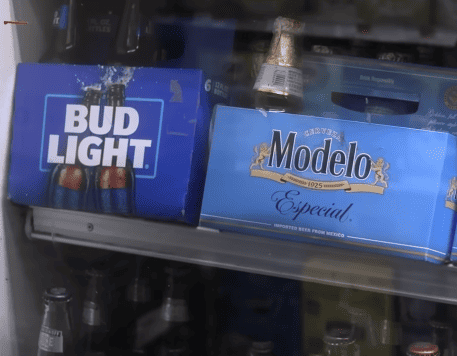Some fun advertising to show on the last day of class (or maybe any time)
I try to have some sort of fun activity for my students on the last day of class. And sometimes, I like to simply get…

I try to have some sort of fun activity for my students on the last day of class. And sometimes, I like to simply get…

For many years we have wondered whether personalized advertising (retargeting) was cool or creepy (perhaps a bit of both?). Essentials of Marketing (Chapter 19) includes…

We are here to provide you with a few post-Super Bowl thoughts. First, we have a couple of ideas for in-class activities you could use…

In my class and my textbook, I largely refrain from using examples from the marketing of alcoholic beverages. I do not want to appear to…

The teams are set (my Packers failed in the divisional round) and so are the advertisers. Super Bowl ads are always fun to show in…

Are you searching for some fun new examples to use in class? Innovation and new products are an important outcome of good marketing. The Time…

In our textbook, we stay away from references and images of alcohol. We know that some instructors prefer not to expose their students to any…

Fast Company’s Jeff Beer regularly talks advertising on the magazine’s YouTube channel. I enjoy Jeff’s takes and was anxious see what he thought were the…

These days many brands are adding influencers to their promotion mix. In Essentials of Marketing, we define influencers as “trusted or well-known figures who can sway…